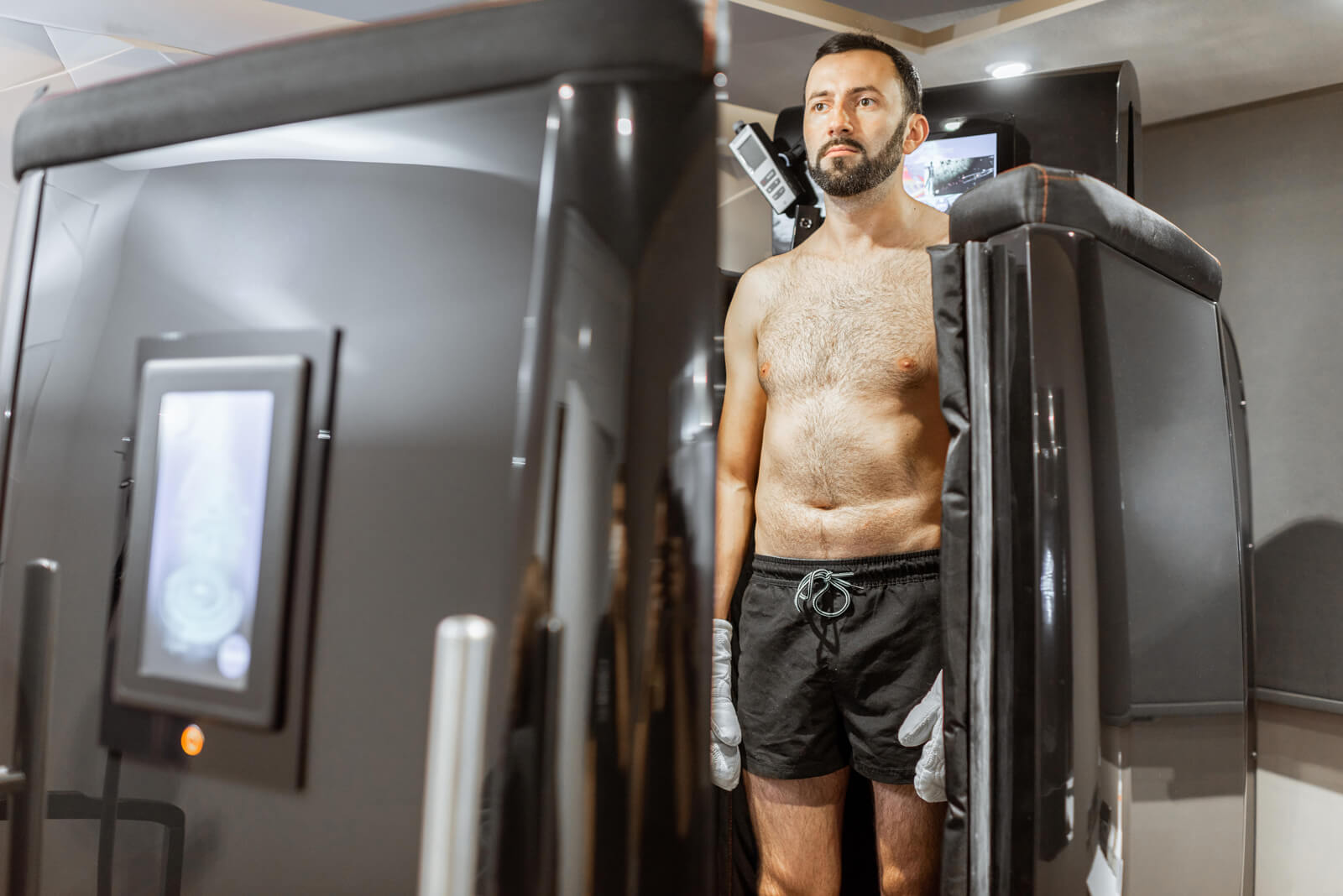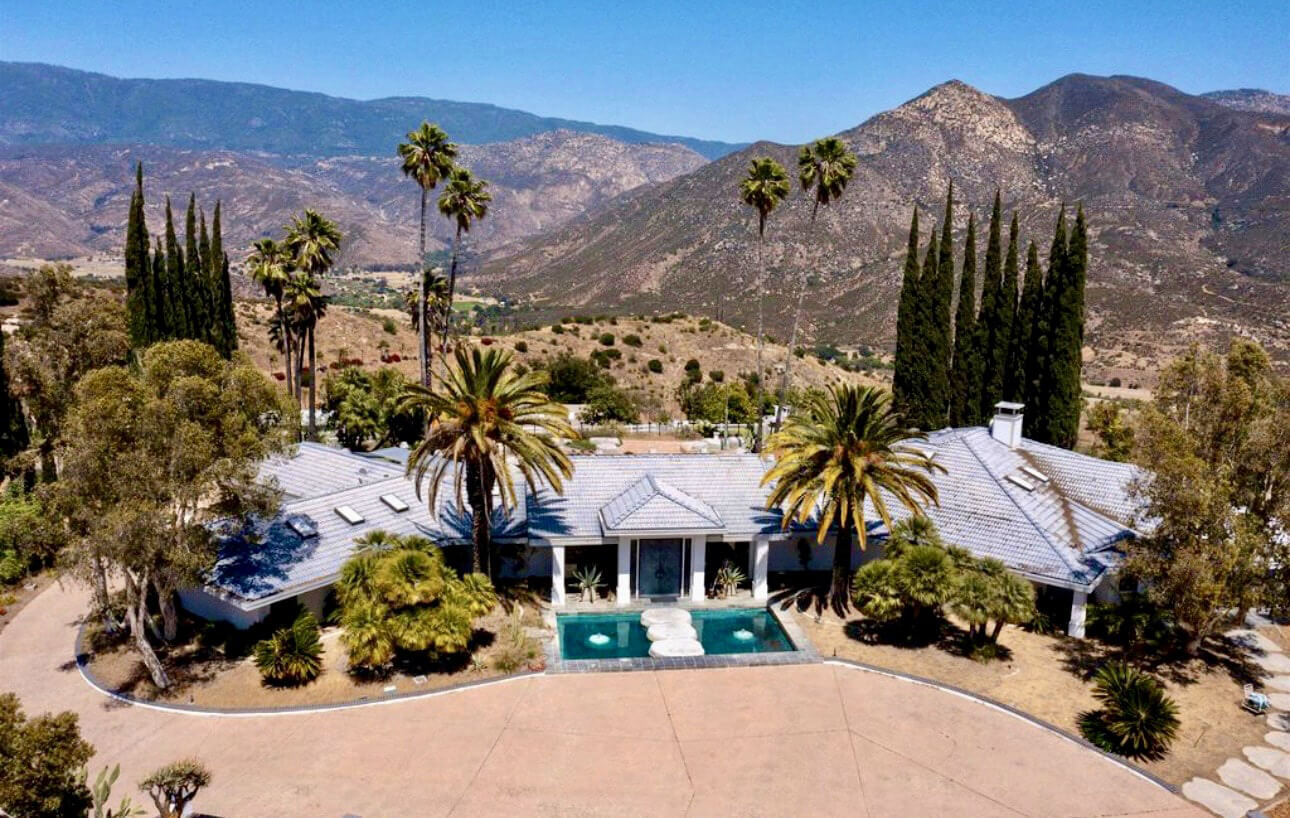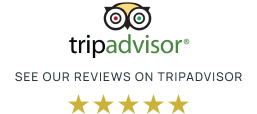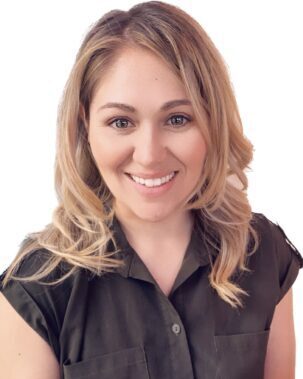Learning experience changes our brain. The brain rewires itself with each new incentive, experience, and behavior (Jensen, 1998). A process of learning starts with stimuli. The stimulus may be training for how to execute an exercise, along with a model of how to perform it. The stimulus is then sorted and processed through pre-existing information filters as we try to make sense of the information. As we add experience to that stimulus to boost it, memory begins to form in the brain through the development of neuronal networks. The more experience we add, the more physical the learning in the brain becomes (through the development of neuronal networks), making it easier for us to access the information.
New information is physically stored in the brain in a neuronal network. This is a vital concept to keep in mind when facilitating change in clients. Each client has previous knowledge (right or wrong). Previous knowledge is persistent and the beginning of new knowledge (Zull, 2002). Helping clients change behaviors is often very difficult, because wrong previous knowledge will create responses, choices or movements that you are trying to help clients transform.
When we learn something new, whether it is how to execute a squat or where the oblique muscles are and what they do, the memory physically becomes a part of the brain. Neuroscientists have found that the brain is flexible, or plastic; it is an adaptable organ that can be molded with information just as a muscle can be sculpted by lifting weights (Ratey, 2008). Our brains are composed of nerve cells, chemicals, and electrical impulses, and our memories are encoded, stored, and retrieved as a result of chemical and electrical interactions (Small, 2003).
Learning and memory are closely aligned; there cannot be one without the other (Jensen, 1998). If we learn something, the evidence of that learning is memory. Learning enables information to cross over the lines of perception into memory and, once stored, these memories affect future learning (Ratey, 2002). Our beliefs, knowledge, and experiences are physical in the brain. They create the filters through which we see the world. According to Wolfe (2001), information that makes sense and fits into an existing neuronal network has a better chance of storage than information that does not.. This is essential to keep in mind as we assess clients and discern what they need from us in order to learn.
References
Jensen, E. (1998). Teaching with the brain in mind. Alexandria. VA: Association for Supervision and Curriculum Development.
Ratey, J. (2002). A user’s guide to the brain: Perception, attention, and the four theaters of the brain. New York: Vintage.
Ratey, J. (2008). SPARK: The Revolutionary New Science of Exercise and the Brain. New York: Little, Brown.
Small, G. (2003). The memory bible: An innovative strategy for keeping your brain young. New York: Hyperion.
Wolfe, P. (2001). Brain matters: Translating research into classroom practice. Alexandria, VA: Association for Supervision and Curriculum Development.
Zull, J. (2002). The art of changing the brain: Enriching the practice of teaching by exploring the biology of learning. Sterling, VA: Stylus Publishing.






